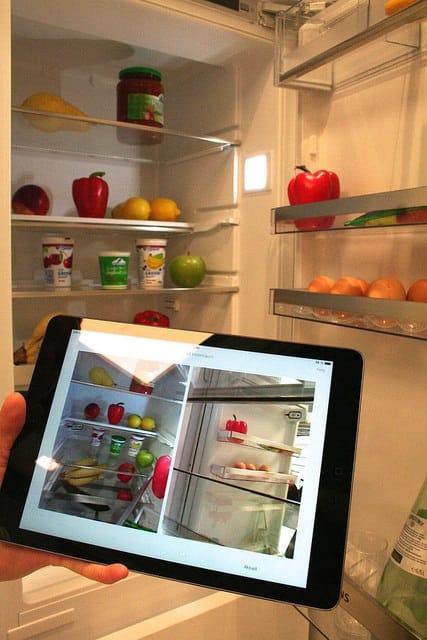Twenty years ago, who would have thought that you would have a refrigerator that can talk or a smartphone that lets you control almost every aspect of your home. You can even ask smart devices questions and get immediate responses. Let’s face it. Smart technology makes your life easier.
You might be thinking smart technology is too expensive. That might be true initially, but transitioning to smart technology improves control over every aspect of your life and saves you money in the long run. Take a look at three different types of smart devices that’ll save you the most money in the long run.
Smart Thermostat
In the U.S., heating, and cooling accounts for 48 percent of energy use in a typical home. Smart thermostats can reduce both your energy consumption and your utility bill. You can expect a savings of about $131 to $145 per year. Smart thermostats use Wi-Fi connections and programmable settings to heat or cool your home, and you can use your smartphone to activate your thermostat and adjust the settings remotely. You can control the temperature even when you’re not home.
Other useful features include maintenance reminders, and most thermostats keep a log of your energy consumption. Periodically review your history and monitor your energy usage to increase your savings. If you haven’t thought about upgrading your thermostat, now is the time to do it.

Smart Fridge
You come home from work and notice that there’s a rotten odor dominating the kitchen. You immediately go to your refrigerator and try to figure out what could be the culprit. A smart refrigerator would make this process much easier. It knows what items are going inside the refrigerator and their expiration dates. The refrigerator will even give you advice about when to replace certain items, so you don’t have to worry about wasting food that you forgot was in the refrigerator. The benefits don’t stop there, though.
Back in 1978, a typical refrigerator consumed 1,278 kilowatt-hours per year. Smart refrigerators are energy-efficient and use about 495 kilowatt-hours per year. That’s over 60 percent improvement in energy savings. Initially, you’ll pay a little more money than you would to purchase another type of refrigerators. But the money you’ll save on your utility bill and your grocery bill are worth it in the long run.
Smart Lighting
Lighting accounts for about 10 percent of the average home’s energy consumption, but a little investment upfront can save you about $100 per year. Smart lighting comes in a variety of forms like smart bulbs and switches. You can dim smart bulbs with an app and without having to install a dimmer switch. You can change the atmosphere of your home with the click of a button.
Even better, you can program smart bulbs to shut off automatically when you leave the room. You’ll no longer have to nag the kiddos to turn off the lights.
Not only do smart devices give you one less thing to worry about, but they also help you save money and conserve energy. The initial investment is well worth the long-term gains.







